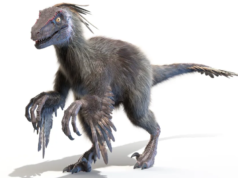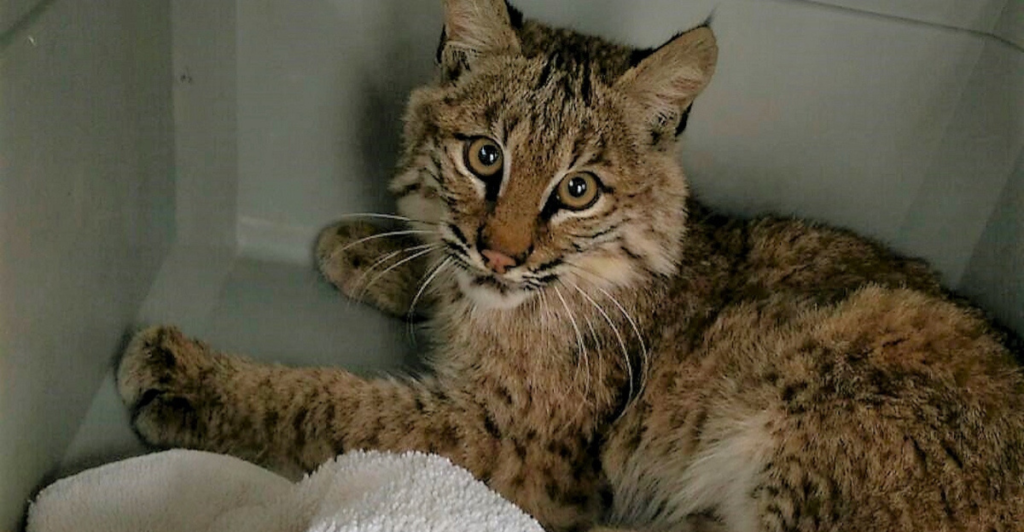
We’ve heard it a thousand times: “Save the animals!” But what if ignoring wildlife decline isn’t just sad for the pandas—it’s deadly for us? Losing species doesn’t just wreck ecosystems. It wrecks food chains, public health, and economies. And, surprise—humans are on the menu.
Since 1970, wildlife populations have dropped nearly 70% worldwide. That’s not just an extinction crisis. It’s an early warning siren that most of us are sleepwalking through. Less biodiversity means more disease, more famine, and more people in harm’s way.
It’s not a nature documentary—it’s real life. The less we protect what’s wild, the more we end up paying with our own lives. Welcome to the uncomfortable truth no one wants to hear (but everyone needs to).
Vultures Vanished—And Rabies Took Their Place

In India, vultures went from sky kings to almost extinct in a single decade—all because of diclofenac, a livestock painkiller that poisoned them en masse. Sounds tragic, right? It gets worse: without vultures cleaning up animal carcasses, feral dogs took over.
Those dogs didn’t just snack on leftovers—they spread rabies. Between 2000 and 2005, India saw over 47,000 extra human deaths from rabies. Just from one domino tipping over. One missing bird species. One lazy drug policy.
It cost billions in public health fallout, and suddenly, everyone cared about vultures again. Too little, too late. This is what happens when we ignore nature’s “clean-up crew.” They weren’t just circling overhead—they were protecting us.
Bats Died. Babies Did Too
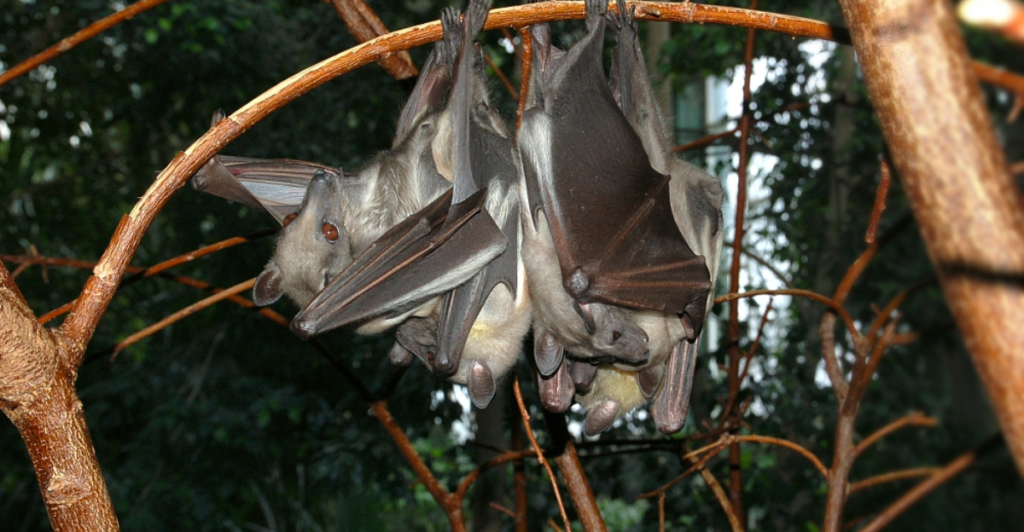
When bats in the U.S. started dying from white-nose syndrome, farmers had to pick up the slack. And by slack, we mean millions of bugs that bats used to eat. So farmers sprayed pesticides—and the poison didn’t stop at insects.
A recent study showed a 7.9% increase in infant mortality in areas where bat populations collapsed. That’s over 1,300 extra baby deaths, all because natural pest control went offline and chemical control took over.
The connection between baby health and bat survival sounds wild, but it’s real. Less wildlife = more pesticides = more human suffering. If you still think bats are creepy, consider this: they were saving lives while we weren’t even looking.
Deforestation Is Basically Germ Warfare
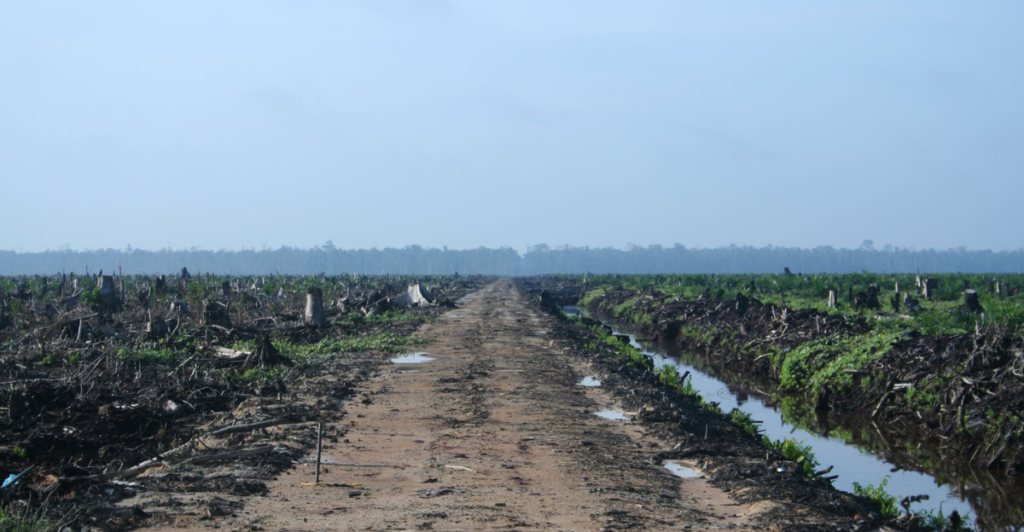
When we bulldoze forests, we’re not just killing trees, we’re opening Pandora’s box. Animals lose their homes, then move into ours. And sometimes, they bring viruses with them. That’s how zoonotic diseases like Ebola, SARS, and even COVID-19 made the jump.
The more we smash ecosystems, the more we roll the dice on deadly pathogens. In Malaysia, deforestation triggered a malaria spike when displaced monkeys brought disease-carrying mosquitoes closer to people.
It’s not rocket science, it’s ecological cause and effect. Chop down enough forest, and you’ll eventually unleash something nasty. If you want fewer pandemics, protecting biodiversity isn’t optional, it’s the first line of defense.
Human-Wildlife Conflict Is Deadly for Both Sides
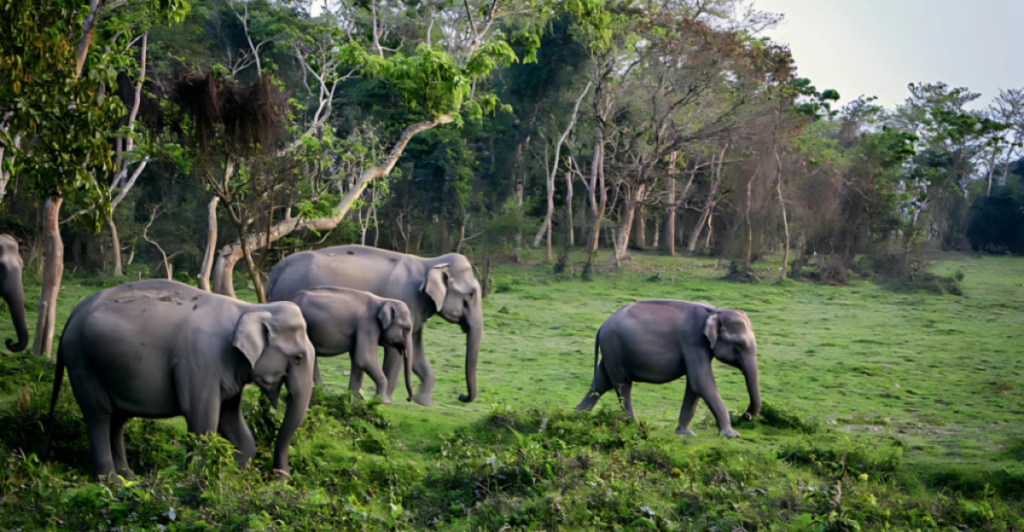
As cities expand and wild spaces shrink, humans and animals are running into each other more, and the results are not cute. In India alone, elephant and tiger attacks have caused hundreds of deaths annually. We’re not just stressing animals; we’re provoking them.
A study showed that human death is now the main cost of human and wildlife conflict in many regions, more than crop or property damage. Think about that: we’re pushing animals out, then punishing them when they fight back.
Coexistence isn’t a hippie fantasy—it’s a survival strategy. Smart planning, wildlife corridors, and community-based conservation can save lives. Ignore it, and we’re the ones getting trampled—literally.
Losing Pollinators = Starving Humans

Bees, butterflies, bats, and birds: pollinators keep 75% of global crops growing. No wildlife, no food. And yet, we’re nuking them with pesticides, paving over their habitats, and watching their numbers nosedive.
The result? Reduced crop yields, higher food prices, and increased hunger. One UN study warned that continued pollinator loss could mean losing $577 billion in global crop output annually. That’s not niche, it’s catastrophic.
Protecting pollinators means protecting food security. It’s not about saving the bees—it’s about saving breakfast. And lunch. And dinner. Unless you’re ready to eat nutrient-free sludge for every meal, maybe let’s stop wiping out everything with wings.
Rodents Rise When Predators Fall

When big predators like owls, hawks, and snakes disappear, who takes over? Rodents. Lots of them. And they’re not just annoying, they’re disease supercarriers. More rats = more problems.
Without natural checks, rodent populations explode, spreading illnesses like leptospirosis, plague, and hantavirus. Places that wiped out predators often regret it when their towns become mouse motels and disease hubs.
Predators are ecosystem managers. They keep things in check so disease doesn’t break out, and cities don’t turn into rat festivals. Killing them off isn’t smart; it’s a public health boomerang waiting to hit us in the face.
Biodiversity Loss Breaks Medicine’s Supply Chain
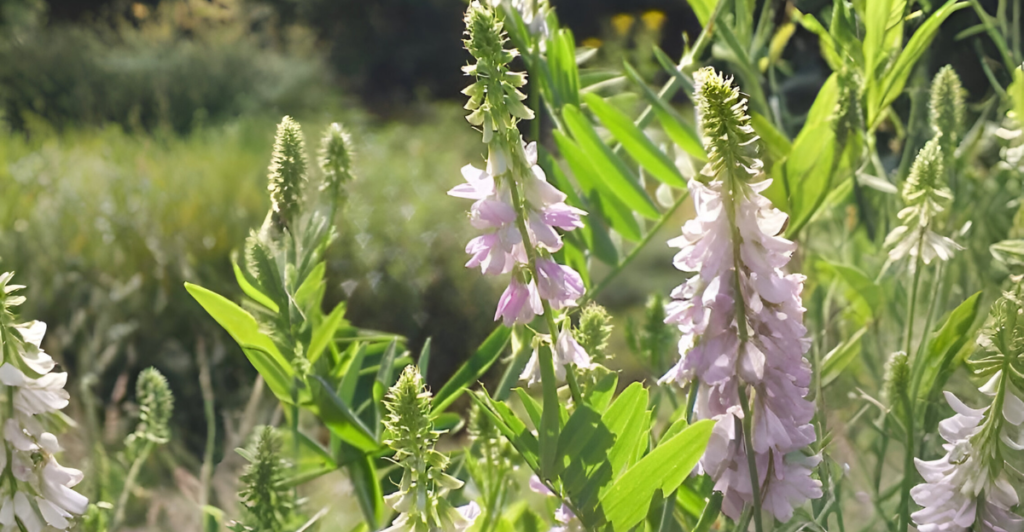
Over 50% of modern medicines are derived from plants, animals, or microbes. Aspirin? Willow bark. Cancer drugs? Yew trees. Antibiotics? Fungi. Lose those species, and we lose potential cures for everything from migraines to major diseases.
Bioprospecting—the search for natural compounds—is already slowing down because so many ecosystems are vanishing before we can study them. Species are going extinct faster than we can even name them.
When wildlife disappears, it’s not just tragic—it’s reckless. We’re torching the biological library before we’ve read the good parts. Nature might’ve already invented the next miracle drug—and we bulldozed it to build a parking lot.
Mental Health Tanks When Nature Disappears
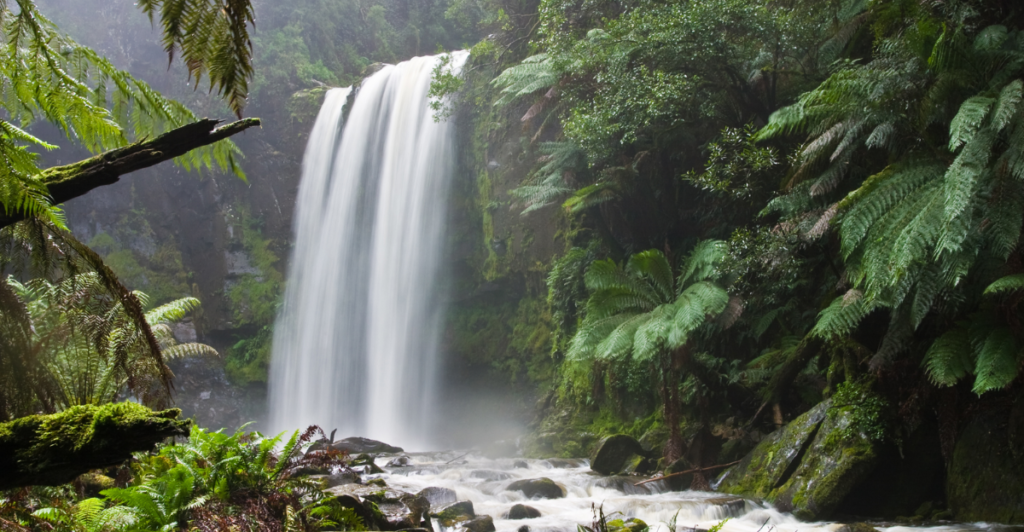
It’s not all about death and disease. Losing wildlife also messes with our mental health. Studies show that spending time in nature lowers stress, anxiety, and depression. Take away that access, and rates of mental illness climb.
Biodiverse environments are especially soothing—lush greenery, birdsong, and water features reduce cortisol and boost emotional resilience. Now, imagine a future where all of that is gone. Concrete jungles are not the same.
The decline of wildlife isn’t just an environmental issue—it’s a quality-of-life issue. When we lose nature, we lose the things that keep us sane. No forests? No therapy.
Saving Wildlife = Saving Ourselves
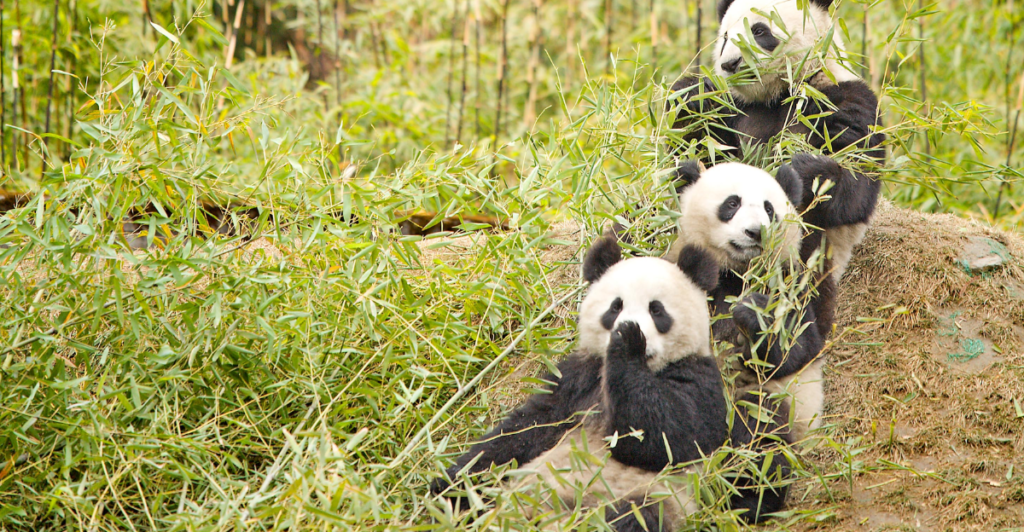
Here’s the bottom line: ignoring wildlife decline is both shortsighted and suicidal. Every time we erase a species, we weaken the web of life we depend on. It’s not charity, it’s self-preservation.
The good news? It’s not too late. Conservation, rewilding, and smarter urban planning can rebuild the balance. Governments, corporations, and yes—you—have a role to play. Protecting biodiversity means protecting human lives, economies, and futures.
So the next time someone rolls their eyes about “tree huggers” or “panda lovers,” remind them: it’s not about the animals. It’s about us. And whether or not we plan to keep living here.
Explore more of our trending stories and hit Follow to keep them coming to your feed!

Don’t miss out on more stories like this! Hit the Follow button at the top of this article to stay updated with the latest news. Share your thoughts in the comments—we’d love to hear from you!



